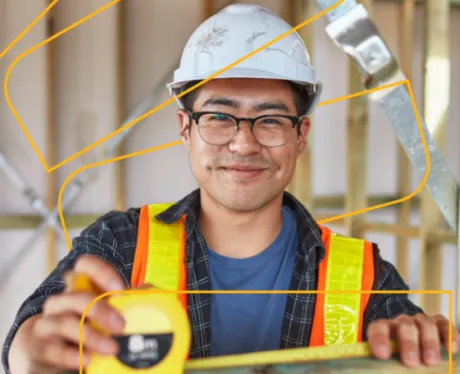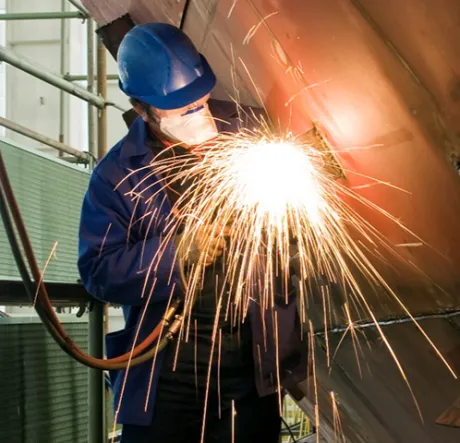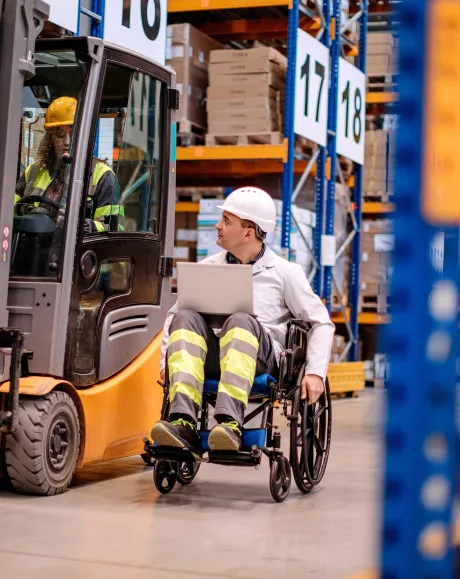What does a fitter and turner do?
Fitters and turners follow technical drawings to fit and assemble fabricated steel and metal parts and make precision machine parts for complex production equipment and machinery.
You’ll find fitters and turners working on diesel-powered generators, machinery in industrial or processing plants, parts of trains and railway tracks.
They will be welding, using forklifts to move equipment, servicing machines and using tools of the trade like grinding wheels, cutters and drills.
Many people in this trade work in the transport, construction, production, mining and manufacturing industries.
The perks of becoming a fitter and turner
Launch a hands-on career as a fitter and turner, where you'll craft precision machinery, enjoy job variety, and gain in-demand skills for a range of industries.
A career as a fitter and turner would suit someone who is:
- Hands on
- Technical
- Able to communicate effectively including in writing
- Physically fit
- Practical
- Meticulous
- Driven
- Responsible
A day in the life of a fitter and turner
A day in the life of a fitter and turner is all about precision and problem-solving.
You might begin by carefully checking the dimensions of fabricated metal parts to ensure they fit perfectly into machines and mechanical systems.
Using specialised equipment like presses, grinders, and drills, you’ll shape metal stock and castings for large machinery with expert accuracy.
Throughout the day, you’ll service and adjust the controls of industrial machines, keeping them running smoothly. You may also cut, thread, bend, and install hydraulic and pneumatic pipes, ensuring everything is aligned with the project requirements.
Guided by technical drawings, you’ll make key decisions about materials and machine settings, playing a crucial role in crafting and maintaining high-performing machinery.
Get answers fast about fitter and turner apprenticeships
- Complete four years as a fitter and turner apprentice and you will obtain real-world experience and a Certificate III in Engineering - Fabrication Trade.
- Under the supervision of qualified fitters, you will also learn how to:
- Fabricate metal
- Forge metal in to shape
- Pour molten metal into molds to produce a desired shape through a process called founding
- Produce metal coatings through the electroplating process
- Joining metals by welding
- Work with sheet metal
- Cut metals with heat
- Metal spinning and polishing
It's easy to apply for a electrician apprenticeship through MEGT’s job board.
Step 1. Click “Job Board” in the top right-hand corner of our website
Step 2. Search for ‘fitter and turner apprenticeship’ on our Jobs Board
Step 3. Apply for one of the many apprenticeship opportunities
Step 4. Study and work as an apprentice for four years
Step 5. Land a job! Remember to use your new industry contacts and MEGT's job ready support
Once you have finished your fitter and turner apprenticeship and you have your Certificate III in Engineering - Fabrication Trade, you can continue your education and work toward a mining or structural fabrication, boilermaking, or sheet metal working specialty.
Certificate II refers to a nationally recognised qualification that prepares you for the workplace or academic studies. While it’s not required, it may help you to prepare for a Certificate III.
Ready to start your fitter and turner apprenticeship?
Interested in becoming an apprentice or trainee?
Complete the form and we'll get in touch soon.













